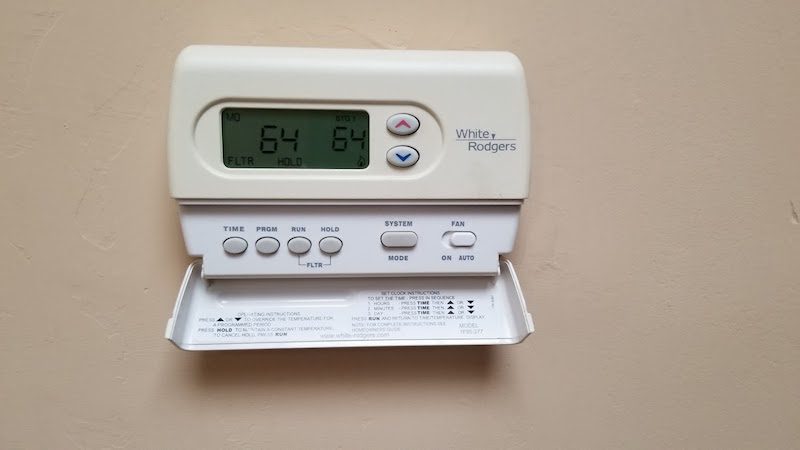Reduce Energy Costs in Your Home by Taking a Room-by-Room Approach

One energy-saving strategy that many homeowners have yet to try is putting into effect a room-by-room approach to cutting energy use. If done right, taking this approach complements whole-house strategies for energy savings. Those include, among others, installing and correctly using a programmable thermostat, sealing air leaks and improving insulation.
So what’s the best way for homeowners to take a room-by-room approach to cutting energy costs?
Cutting Energy, Room by Room
The living room. If this main room in your house has no ceiling fans, consider rectifying that deficiency by installing one or more. When in use during warm weather, ceiling fans allow home occupants to dial back the AC by a few degrees (meaning raising the thermostat setting). The cooling effect created by air movement from the fan, for anyone in the path of that air, means you don’t need the AC set as low as you might want it otherwise. Or during milder weather, using ceiling fans may allow you to turn off the AC altogether. That saves money. In the living room, switch out old-fashioned incandescent light bulbs with energy-efficient Energy Star-rated CFL or LED bulbs. Use curtains, drapes or shutters to block the sun’s rays during hot weather, and to allow them in when it’s cold. Consider replacing old windows with energy-efficient models.
The kitchen. With the kitchen and other rooms, consider employing some of the strategies suggested for living rooms (fans, light bulbs, windows, etc.). It’s also important for kitchen appliances to have Energy Star certification (for energy savings). The dishwasher should only be run when it has a full load, and you can save water by skipping the process of rinsing dishes in the sink; most modern dishwashers will handle that job for you. Periodically remove dust from under and/or behind the refrigerator.
Bedrooms. For computers, video game devices, stereos, etc., use a power strip to cut off electricity to all of the devices when you’re not using them. If you use a portable AC or space heater to supplement the central HVAC system, turn it off when you’re not in the room. Don’t leave windows open when the AC is running.
Bathroom. Use Energy Star-rated CFL bulbs in the bathroom vanity; they put out less heat than traditional lighting and in the process save energy. Operate the exhaust fan during and after showers and baths; this reduces humidity in the bathroom and nearby rooms, too. During warm weather, your air conditioning system will have an easier (and less energy-consumptive) time cooling your home when it’s not being called upon to fight humidity coming from the bathroom.
Basement rec room or workshop. Proper insulation and air sealing in a converted basement, utility room or garage will make it easier to cool and heat these areas, without a lot of energy loss. Ductwork should be insulated if it’s running through an unconditioned part of the basement, garage or attic. If your finished basement is difficult to heat and cool (not an unusual situation, considering most homes have just one thermostat on the main floor to regulate temperatures throughout the house), make sure any space heaters are energy efficient. Lower your expectations (and wear sweaters), too, since many basements are drafty and difficult to heat.
